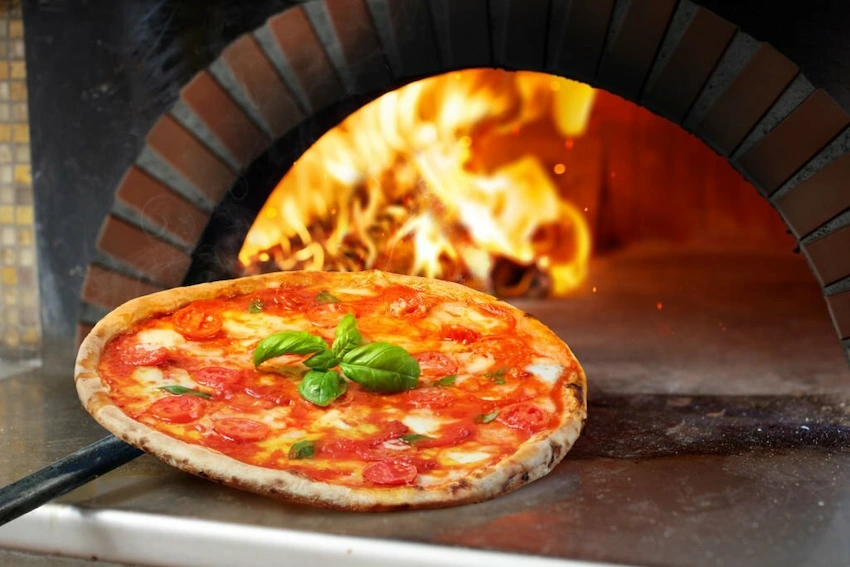In the heart of Italy, Naples is a city that stands out for its unique offerings: Napolità. We’re about to take you on a journey to discover the fascinating world, where language, culture, and cuisine intertwine to create a rich tapestry of traditions.
Napolità Language: A Unique Part of Italy’s Culture
Let’s begin, a distinctive language spoken in Campania, Italy. Some say it’s not quite like your usual Italian, and there’s a debate on whether it’s a language or a dialect. Regardless, one thing is clear – Napolità is special.
It doesn’t belong to just one place; it’s spoken in various parts of central and southern Italy, leaving us to wonder if its influence stretches beyond Campania.
Historical Significance
To understand Napolità, we must journey back in time. Its roots trace back to Latin, the ancestor of many languages, including Italian. Over the centuries, Napolità has been influenced by various cultures – Greeks, Romans, Normans, French, Spanish, and even Americans. All of them added their unique touch to this language.
In the past, there was an attempt to make it the official language under the Catalan-Aragonese crown. Though it didn’t become official, this shows how significant the language was.
Features
Napolità is unique because it isn’t just regular Italian. It has its own way of speaking, with distinct sounds that you won’t find in Italian. For instance, it boasts seven vowel sounds, and they can change, especially when they’re not stressed.
The language also has some fascinating linguistic tricks, like altering the way certain sounds are pronounced in different situations. Additionally, it incorporates words from a range of languages, such as Arabic, Greek, French, Catalan, Spanish, Tuscan, and even English, making it truly unique.
Cultural Significance
In the past, it was the official language of the Kingdom of Naples. In 1554, Italian, particularly the Tuscan variety, took over as the main language. Yet, it never faded away; it remains an integral part of the culture.
It has played a substantial role in stories and literature, with famous characters like Pulcinella speaking the language. You can also hear it in music, with globally recognized songs like ‘O sole mio’ and ‘O surdato ‘nnammurato.’
Napolità Cuisine: A Flavorful Journey


Now, let’s switch gears and explore the tantalizing world of Napolità cuisine, which originates from Naples, Italy. The cuisine is more than just food; it’s an experience that nourishes not only the body but also the soul.
Origins of Napolità Pizza
Our culinary journey begins in Naples, where for centuries, people have been crafting simple flatbreads topped with delicious ingredients. The turning point came around 1830 with the opening of Antica Pizzeria Port’Alba, where pizza with tomato sauce and cheese found its true home.
Over time, pizza became a staple in late 19th-century Naples, and the iconic Margherita pizza was born, named after Queen Margherita of Savoy. It’s a testament to the simplicity and boldness of Napolità flavors. This creation even won the hearts of American GIs stationed in Naples during World War II, introducing pizza to the United States.
What Makes it Unique
What sets Napolità pizza apart from the rest is its dedication to tradition and authenticity. The True Neapolitan Pizza Association enforces strict guidelines for authentic ingredients like Tipo 00 flour, San Marzano tomatoes, fresh basil, extra virgin olive oil, sea salt, and mozzarella di bufala. These ingredients play a vital role in creating the classic Margherita pizza.
The wood-fired oven is the secret ingredient, reaching extreme temperatures to bake the pizza in just a few minutes, resulting in a light, airy crust with a charred exterior while keeping the toppings fresh and raw.
Ingredients in Napolità Pizza Dough
Now, let’s delve deeper into the heart of it – its dough. The magic begins with Tipo 00 flour, which has the perfect texture and protein content for a soft, elastic dough. Combined with lukewarm water, salt, and yeast, the dough achieves that sought-after consistency. Some recipes may even include a touch of olive oil for added flavor.
How to Prepare Original Napolità Pizza in Your Own Kitchen
If you’re feeling adventurous and want to recreate the magic at home, we’ve got you covered. Prepare the dough, create the sauce, shape the pizza, and bake it to perfection in your home oven. Don’t forget to use key ingredients like Tipo 00 flour and San Marzano tomatoes for an authentic Napolità taste.
Where to Find the Best Neapolitan Pizza in the US
But if making your own Neapolitan pizza sounds a bit daunting, no worries. There are pizzerias in the United States dedicated to serving authentic Neapolitan pizza.
In New York City, Una Pizza Napoletana imports the finest ingredients and adheres to traditional methods. In San Francisco, Pizzeria Delfina lets you savor a slice of Naples on the West Coast. And for those in Chicago, Spacca Napoli Pizzeria offers a truly authentic experience.
In Conclusion
Napolità isn’t just about language and food; it’s a celebration of culture that transcends taste. It’s an invitation to embrace the simple pleasures of life and connect with the heart and soul of Naples. We encourage you to experience it for yourself, savor every bite, and embrace the heritage it brings. In the spirit of this culinary and cultural adventure, we say, “Buon appetito!” – may your journey into the world is be as flavorful and soul-enriching as it is delicious






